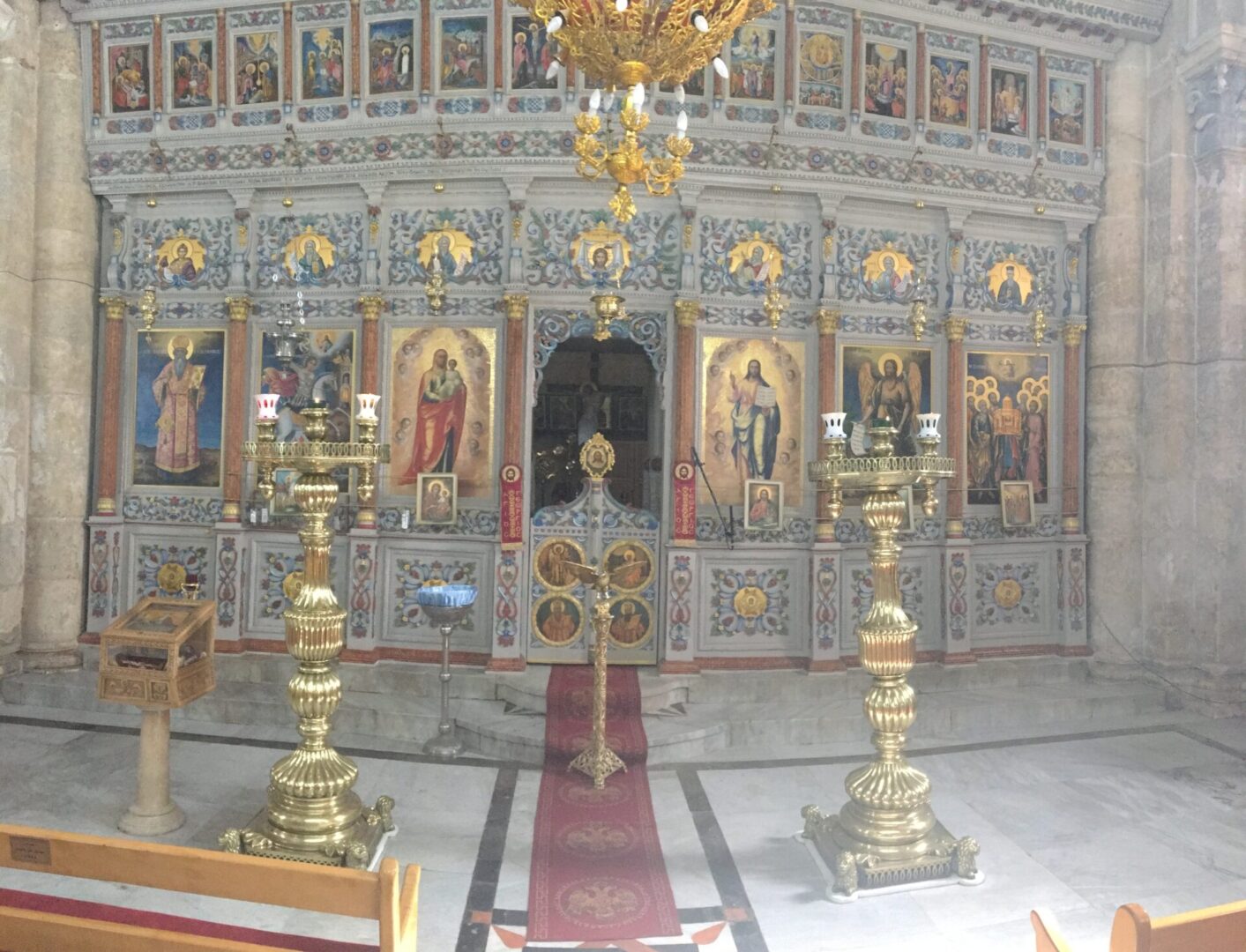
Tombs and Monuments
We live in a society of monuments. In fact, those same monuments have been the focus of many protests in the past couple years. Statues have been destroyed, plaques commemorating past civic leaders have been removed, and tombs have been desecrated. That is a normal part of human history. Generation after generation builds and destroys monuments.
As Christianity spread through the world, in the 4th Century especially, the Church encountered monuments to pagan gods. Sometimes the people destroy the monuments to build churches. Other times they would convert monuments into churches. One famous example is the Temple to Athena in Greece, the Parthenon. The people of Greece, having embraced Christ, converted the Parthenon into a Church dedicated to the Panagia, the All-Holy Virgin Mary.
Mostly though, they would build brand new monuments to the Saints and God. The churches were built commonly around tombs. One famous example, parts of which still stand today, is the Church of Saint George in Lydda, Palestine. Constructed over his tomb, the Church stands as a monument and place of pilgrimage to one of the world’s most revered saints. Today is the commemoration of the consecration of the Church of Saint George.
Churches and monuments are more than just symbols of the past. They are banners of faith and belief for others to witness. Walking by a church dedicated to any saint is a witness of love and devotion of living history. Monuments express our current beliefs as much as our past history. When that faith fades, so do the monuments. There are unfortunately many churches that are fading into history. They now only stand as ruins reminding people of what ‘was’ rather than what ‘is’.
The Lord said to the Jews who had come to him, “Woe to you! for you build the tombs of the prophets whom your fathers killed. So you are witnesses and consent to the deeds of your fathers; for they killed them, and you build their tombs. Therefore also the Wisdom of God said, ‘I will send them prophets and apostles, some of whom they will kill and persecute,’ that the blood of all the prophets, shed from the foundation of the world, may be required of this generation, from the blood of Abel to the blood of Zacharias, who perished between the altar and the sanctuary. Yes, I tell you, it shall be required of this generation. Woe to you lawyers! for you have taken away the key of knowledge; you did not enter yourselves, and you hindered those who were entering.” As he went away from there, the scribes and the Pharisees began to press him hard, and to provoke him to speak of many things, lying in wait for him, to catch at something he might say. In the meantime, when so many thousands of the multitude had gathered together that they trod upon one another, he began to say to his disciples first, “Beware of the leaven of the Pharisees, which is hypocrisy.”
Luke 11.47-12.1
Today’s Gospel passage speaks to the connection between past and present. The churches and monuments we build and maintain today will stand as a witness to our faith. What will they tell the future about our faith? Did we live vibrant Christians lives, or did we abandon the faith for secular goals? Will our churches stand for centuries as the ancient churches, or will they fall into ruins as our faith fades? I think for me, most importantly is, will our churches be places of pilgrimage or simple museums for tourists to learn about the past? The choice is ours to make, not in brick and mortar, but in life choices and priorities. I hope we choose well.
Tags: Church History, Gospel of Luke, Saints